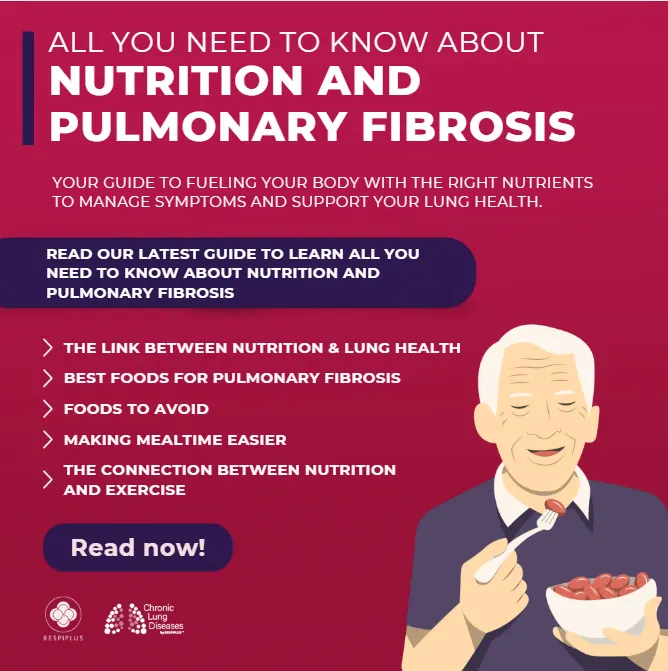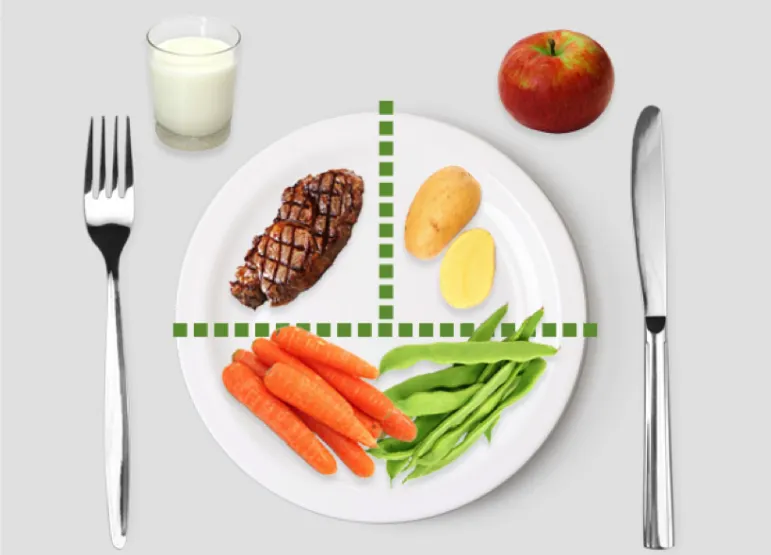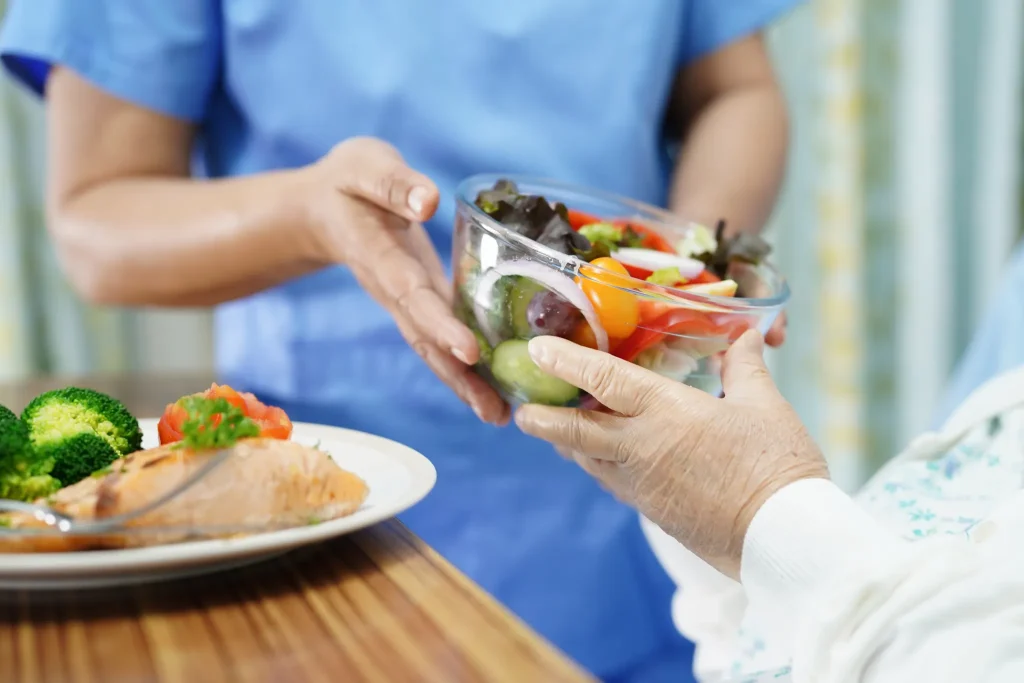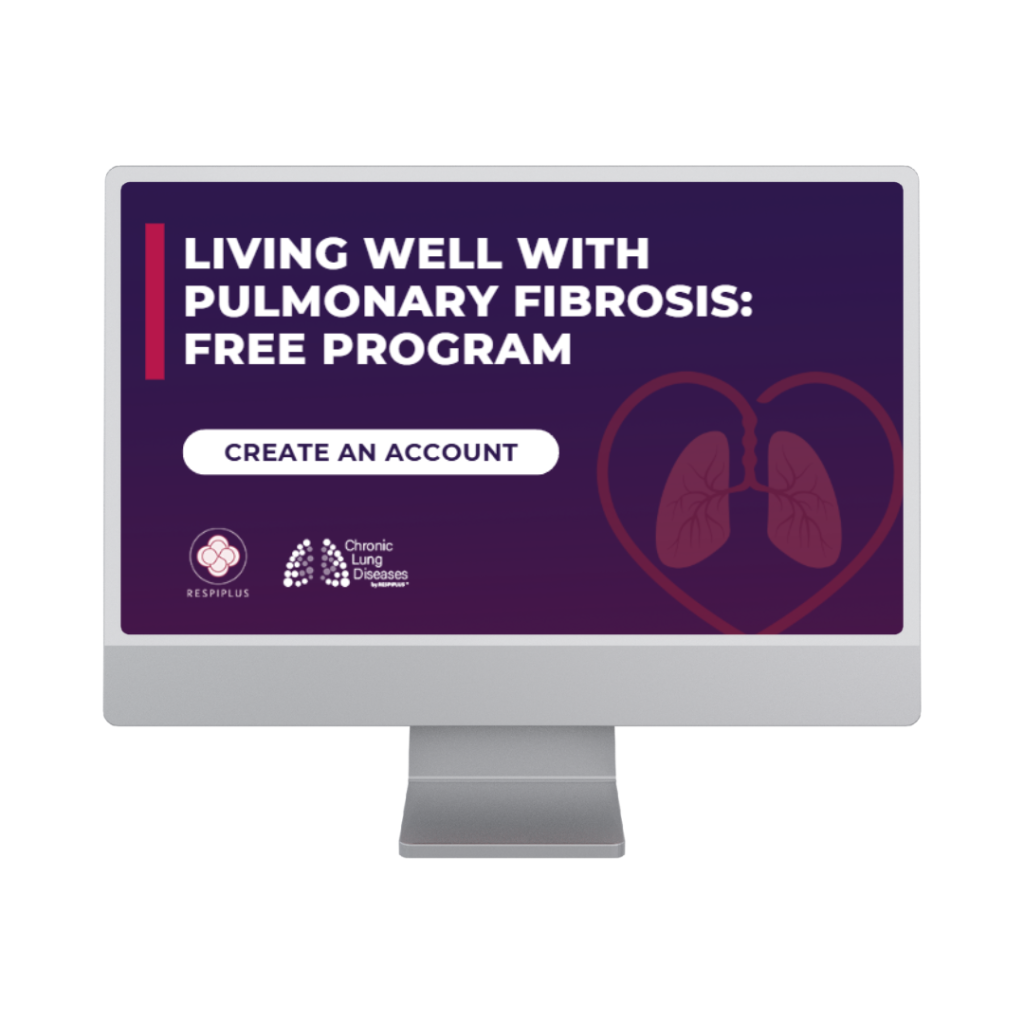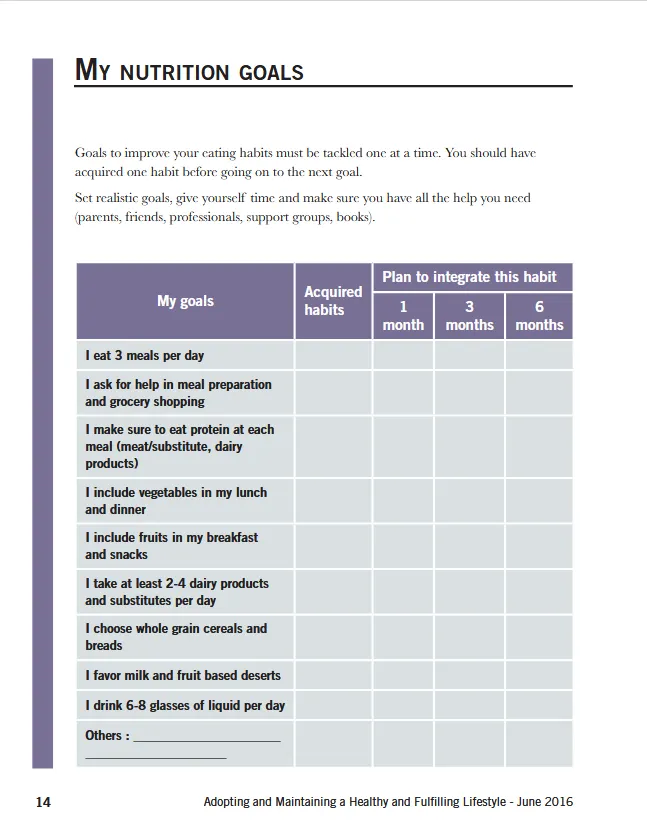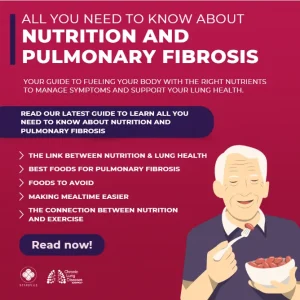
Nutrition and Pulmonary Fibrosis: Eating Well for Better Breathing
Discover practical nutrition and diet tips for managing Pulmonary Fibrosis (PF). Learn what to eat, what to avoid, and how proper eating supports energy, muscle mass, and easier breathing with Pulmonary Fibrosis.


